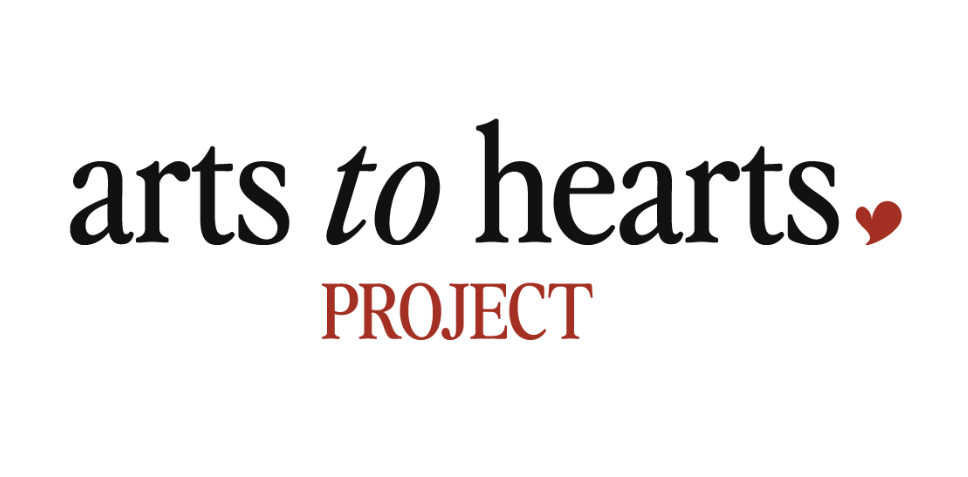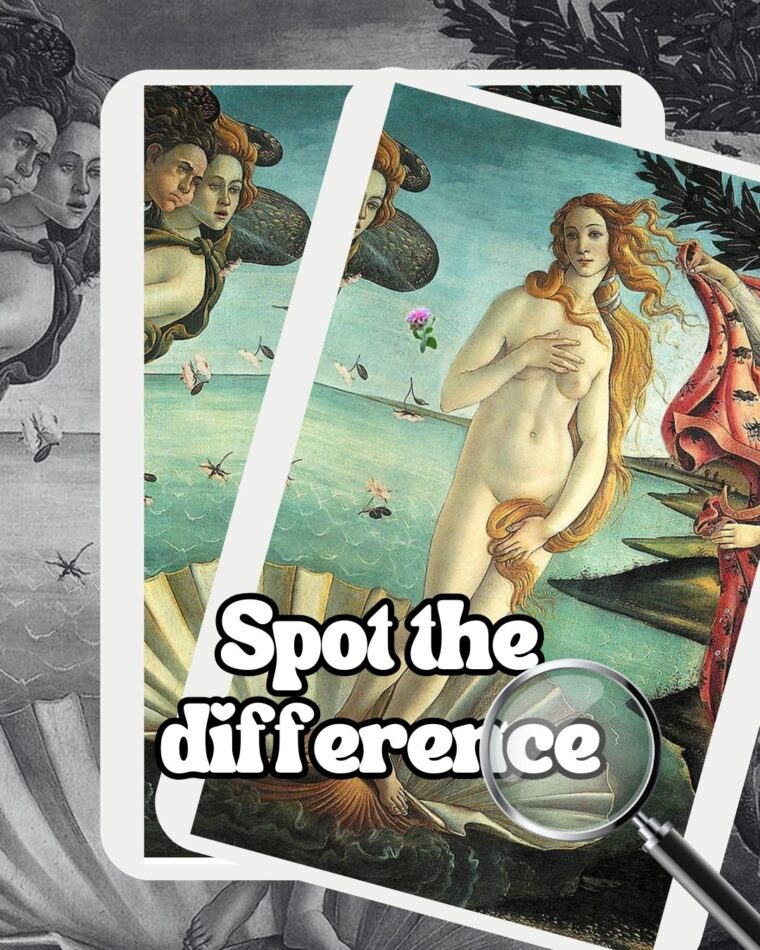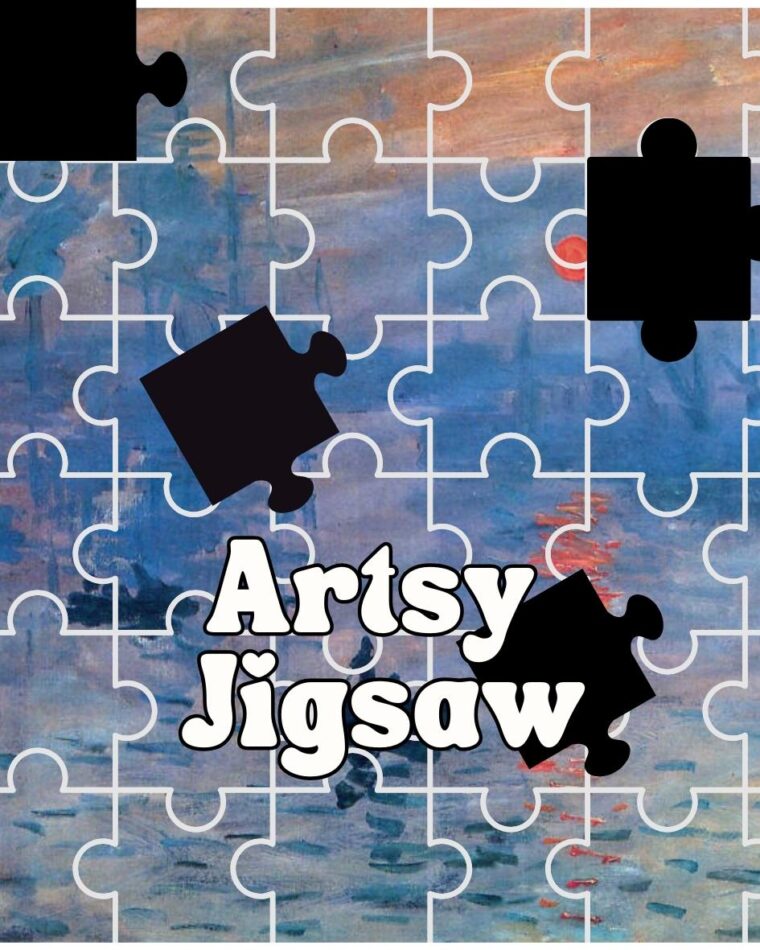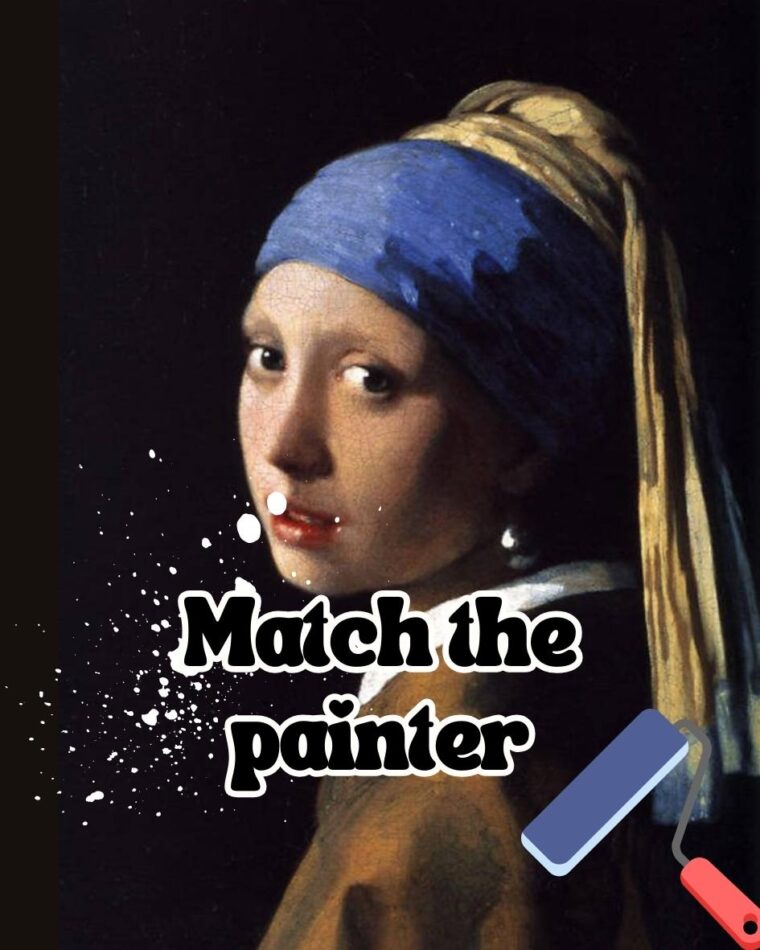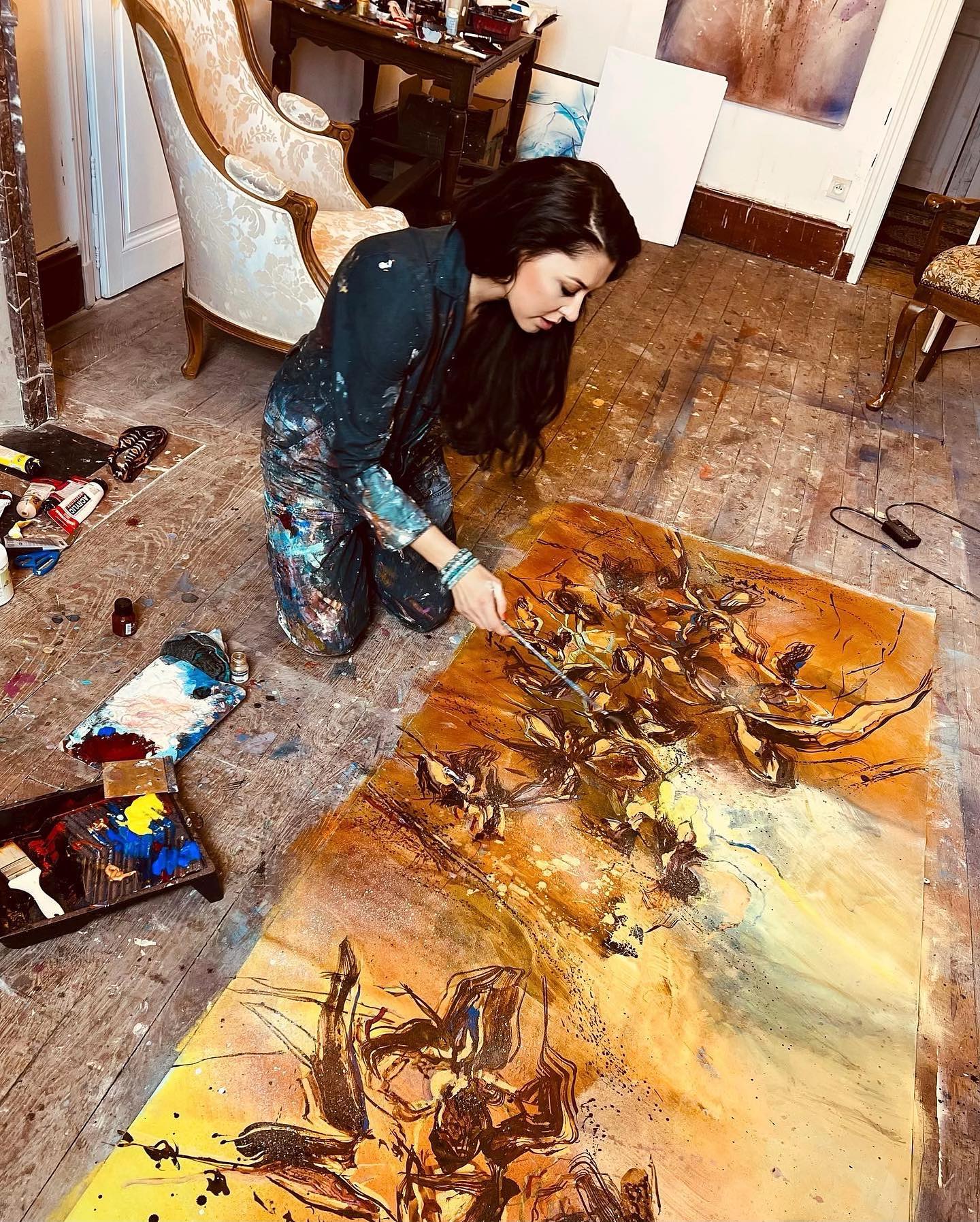
How to Create a Business Plan for Your Art Career


Let’s Start with a Hard Truth… According to the 2022 Artists Report from Creative Independent, 81% of visual artists in the U.S. earn less than $25,000 a year from their art career. That’s not sustainable, especially if you’re trying to build a career, not a hobby.

So the big question is: Why do so many artists struggle financially?
Here’s the answer backed by data and experience:
A 2020 study from the National Endowment for the Arts showed that artists with a clear business plan were 4 times more likely to earn a full-time income from their art career compared to those without one.
That’s huge. A business plan isn’t just a corporate thing; it’s your artistic survival kit. It’s how you define your goals, understand your market, and track your progress.
This guide will walk you through everything, from defining your vision to pricing your work, marketing, income streams, and the tools you need to stay on top.
Part 1: Define Your Artistic Vision
Before the spreadsheets, let’s talk why.
Ask yourself:
- What kind of art career do you want to be?
- What message do you want to communicate?
- Where do you see yourself in 5 years?
Try This:
Write down a one-paragraph “Artist Statement” and a “Business Vision.”
Example:
“I am a mixed-media artist focused on mental health and emotion. I want to make work that starts conversations and is displayed in galleries, collected by therapists, and sold online. My business vision is to build a sustainable income through direct sales, commissions, and digital products.”
Evernote or Notion for journaling your vision and goals.
Part 2: Market Research
You can’t sell your art to everyone. So, who’s your audience?
Do a Quick Market Scan:
- Look at artists in your niche.
- Use Instagram, Etsy, Behance, and ArtStation for your art career.
- See what sells, how they price, and who follows them.
- Define Your Audience:
- Are they collectors? Interior designers? Tattoo lovers? NFT collectors?
- Where do they hang out (online and offline)?
Create a “Buyer Persona”:

Example:
Name: Emily, 35, Therapist in NYC.
Buys: Emotional artwork for her office.
Hangs out: Instagram, Pinterest.
Budget: $100–$500 per piece.
Resources to Use For an Art Career:
Part 3: Define Your Products and Services
Art Career isn’t just about selling canvases anymore.
Think Beyond One-Off Paintings:
| Product/Service | Description |
| Original Artwork | Traditional or digital pieces |
| Commissions | Custom work (portraits, murals, etc.) |
| Prints and Merch | Sell via Printful, Society6, or Redbubble |
| Art Licensing | Passive income through image licensing |
| Online Courses | Teach drawing, digital painting, etc. |
| NFTs (if relevant) | Use platforms like Foundation or OpenSea |
Most successful artists have 3–4 income streams in their art careers. Lisa Congdon, a well-known illustrator, makes income from art, books, speaking, and licensing.
Part 4: Pricing Your Work
Pricing can make or break your art career.
Here’s a simple, proven formula:
Hourly Rate x Time Spent + Material Costs + Overhead = Base Price
Then add:
- 20–50% if it’s a unique or highly-demanded piece
- Shipping and packaging costs
Avoid underpricing just because you’re starting out.
“Undervaluing your work is like telling your future self they’re not worth investing in.” – Danielle Krysa, The Jealous Curator

Part 5: Build a Simple Budget & Revenue Plan
A business plan for art career without a numbers game is just a dream.
Create a monthly projection of:
| Income Streams | Expected Monthly Income |
| Original Sales | $1,000 |
| Commissions | $500 |
| Prints & Merch | $300 |
| Teaching Workshops | $200 |
| Total | $2,000 |
Now list expenses:
- Materials
- Website
- Marketing
- Studio rent
- Shipping
Use tools like:
- QuickBooks
- Wave
- Notion finance template
Part 6: Marketing Strategy for Artists
“Making great art is half the battle. The other half is getting it seen.” – Austin Kleon, Show Your Work
Focus on 3 Core Channels:
1. Instagram
- Behind-the-scenes
- Time-lapses
- Studio shots
- Use hashtags (e.g., #contemporaryart, #abstractartist)
2. Email Newsletter
- Build a direct audience you own.
- Use MailerLite or ConvertKit.
3. Website Portfolio
- Use Squarespace, Wix, or Shopify.
- Include:
- Artist statement
- Gallery/shop
- Blog or news section
- Contact info
- Artist statement
Artist Cat Coquillette built her business by combining Instagram, Society6, and email marketing; now she licenses her work to Target and Urban Outfitters.
Part 7: Write Your Actual Business Plan
Here’s a simple template you can use today (based on SBA-style plans):
1. Executive Summary
This is your quick introduction, who you are as an artist, what kind of work you create, and what your overall business goals and art career goals are. It should summarise your artistic vision and the direction you want to take your career over the next 1–3 years, e.g., earning a full-time income, exhibiting internationally, launching a product line.
2. Products & Services
Detail what you sell and how. This includes original artwork, commissions, prints, digital products, art classes, or licensing deals. Be specific, mention formats, e.g., canvas, digital, prints, platforms like Etsy, your website, galleries, and price ranges. This shows how you intend to generate income from your creativity.
3. Market Analysis
Define your ideal collectors or clients like age, interests, income, buying habits, and research 3–5 other artists or brands in your niche for art career. Study what works for them, where they market, and how your work stands out. Understanding your market helps you price, promote, and sell smarter.

4. Marketing Strategy
Explain how you’ll promote your art career consistently. Include the platforms you’ll focus on (Instagram, email marketing, website, Etsy, galleries), your content approach (e.g., behind-the-scenes posts, storytelling, live demos), and how often you’ll show up. Also mention any tools (Canva, Buffer, MailerLite) you’ll use to stay organised.
5. Financial Plan
Lay out your expected income from different sources (e.g., $1,000/month from originals, $500 from commissions), your fixed and variable expenses (supplies, website, shipping), and your pricing structure. Include a basic monthly/annual profit goal and calculate your break-even point (how much you need to sell to cover costs).
6. Growth Strategy
Think long-term: what are your next steps to grow your art business and art career? This might include applying for grants or residencies, launching an online course, expanding to wholesale, exhibiting in galleries, or hiring help. It’s your roadmap to scale your art career in a realistic way.
Recommended Tools:
Use LivePlan for structured business planning, or start simple with a free Google Docs template so you can edit, revisit, and update your plan regularly for art career.
Part 8. How to Track Your Performance
Running an art business without tracking your performance is like painting in the dark. You might hit something, but you won’t know how, why, or whether you can do it again.
Tracking your progress helps you stay accountable, see what’s working, and adjust quickly if something’s off. It’s not about spreadsheets for the sake of it. It’s about getting clear on your growth.
Start simple for an art career. Choose 3–4 key metrics to check once a month or at the end of each project or launch. Here are a few examples that matter for most creative businesses:
- Revenue – What did you earn this month? From which products?
- Expenses – What did you spend? Are you overspending on materials or tools?
- Sales Sources – Where did your buyers come from? Instagram? Etsy? Word of mouth?
- Engagement – Did your email list grow? Are people interacting with your content?
You don’t need fancy software; Google Sheets is enough to start for art career. Create one tab for your monthly income and one for expenses. You can even use colour coding (green for income, red for expenses) to make it visual.
At the end of each month, write a quick summary:
“In May, I earned $1,750 mostly from three commissions and a small batch of print sales. My new Instagram reel brought in two new clients. I spent $300 on supplies and $50 on shipping. Next month, I’ll promote my print shop more aggressively and limit spending on experimental materials.”
That’s it. Honest reflection. Clear action.
Over time, these mini check-ins become a record of your journey, and the proof that you’re not just creating, you’re growing.
If you’d like, I can set you up with a simple performance tracking template to plug in your numbers each month. Just let me know.
Tools, Blogs, and Platforms to Bookmark
Here’s a curated toolbox of real resources that artists are using today:
| Category | Tool/Resource |
| Business Plans | LivePlan, Bplans.com |
| Portfolio | ArtStation, Behance |
| E-commerce | Shopify, Big Cartel |
| Email Lists | MailerLite, Substack |
| Marketing | Buffer, Canva |
| AI Tools | Adobe Firefly, ChatGPT for idea generation |
| Funding | Fractured Atlas, CAFÉ Arts To Hearts Project, Open Call For Artists for artist grants |
| Learning | Skillshare, Coursera – Art & Business |
Your Art Deserves a Plan
Here’s the truth I’ve seen again and again from successful artists:
“Treat your art like a business, and others will too.”
You don’t have to give up your creative soul to be financially stable. You just need to structure it, like any meaningful career. A business plan gives your vision power. It helps you set direction, track your growth, and ultimately do more of what you love.

Your Homework:
- Write your 1-page business plan using the template above.
- Research 5 artists in your niche and analyze their income model.
- Set 3 income goals for the next 6 months.
- Pick 2 tools from the resource list and start using them this week.
You’ve got this.
If you want a free downloadable template or need feedback on your business plan, feel free to reach out or comment below.
Let’s build your art empire, one smart decision at a time.

